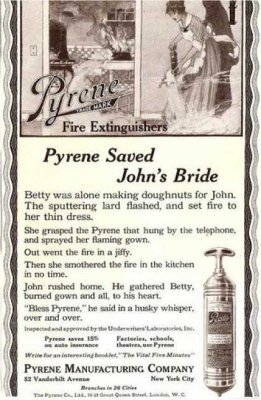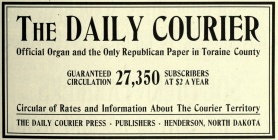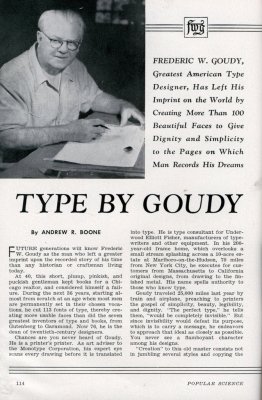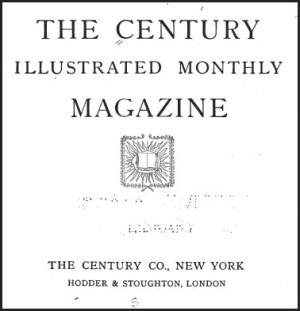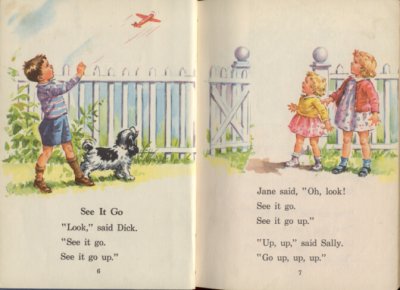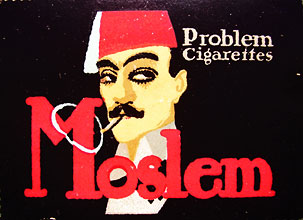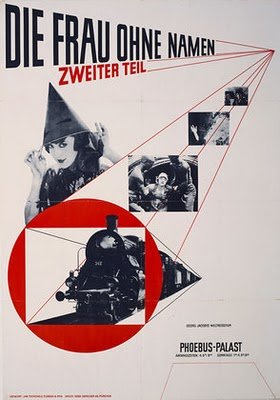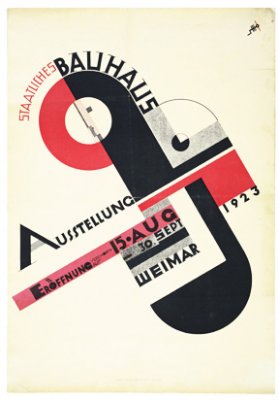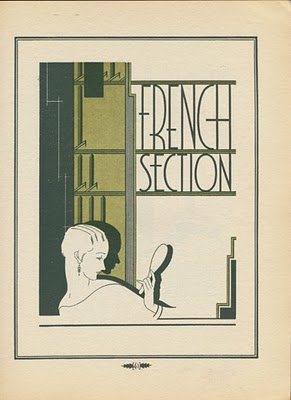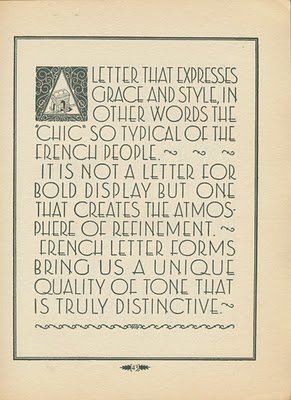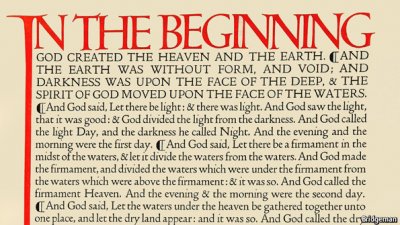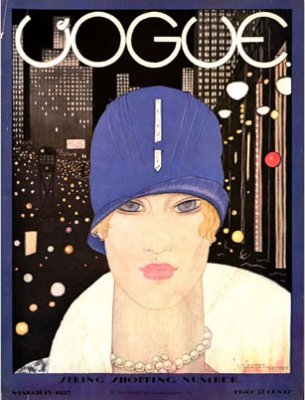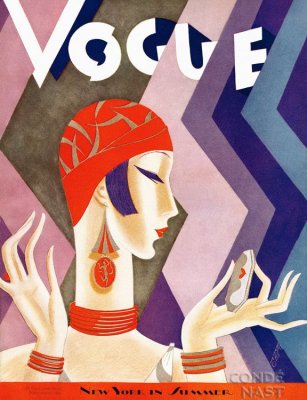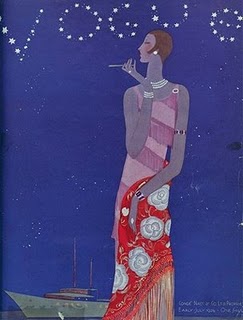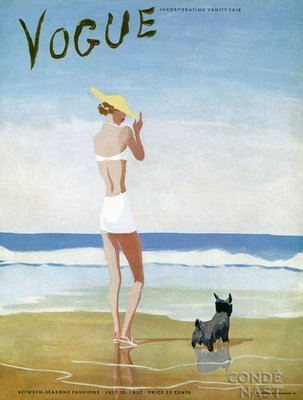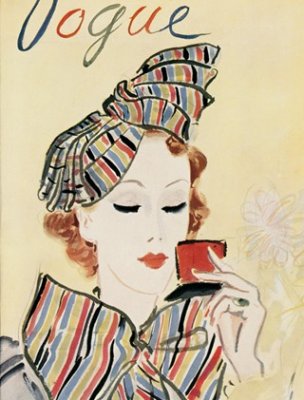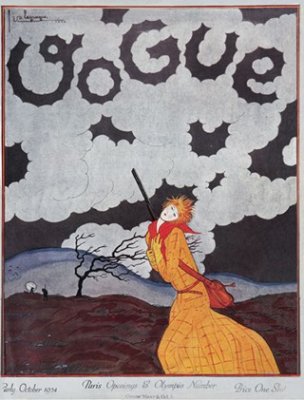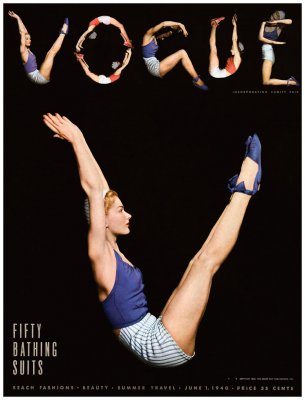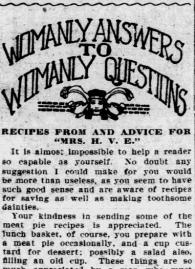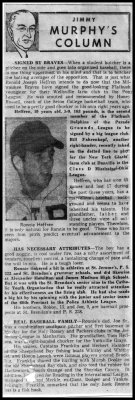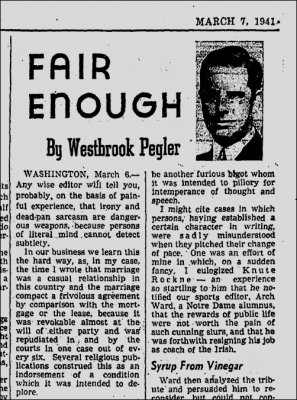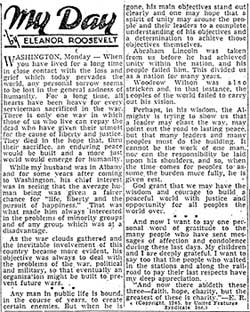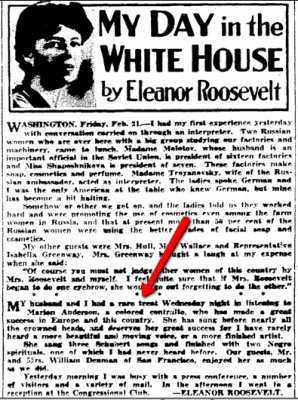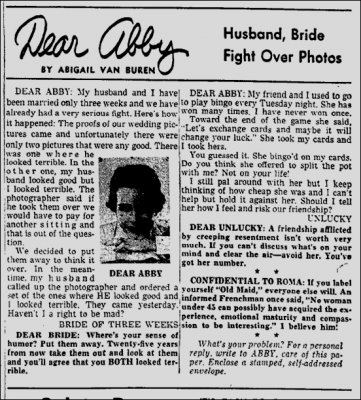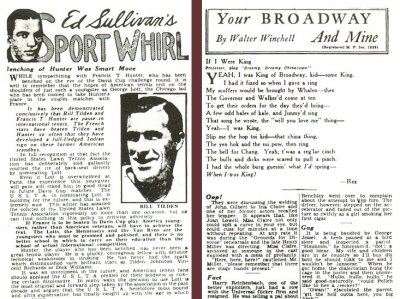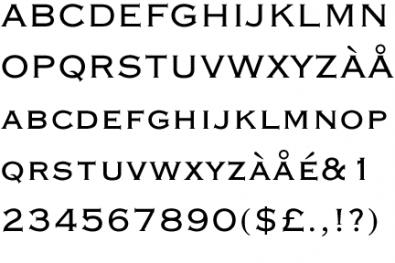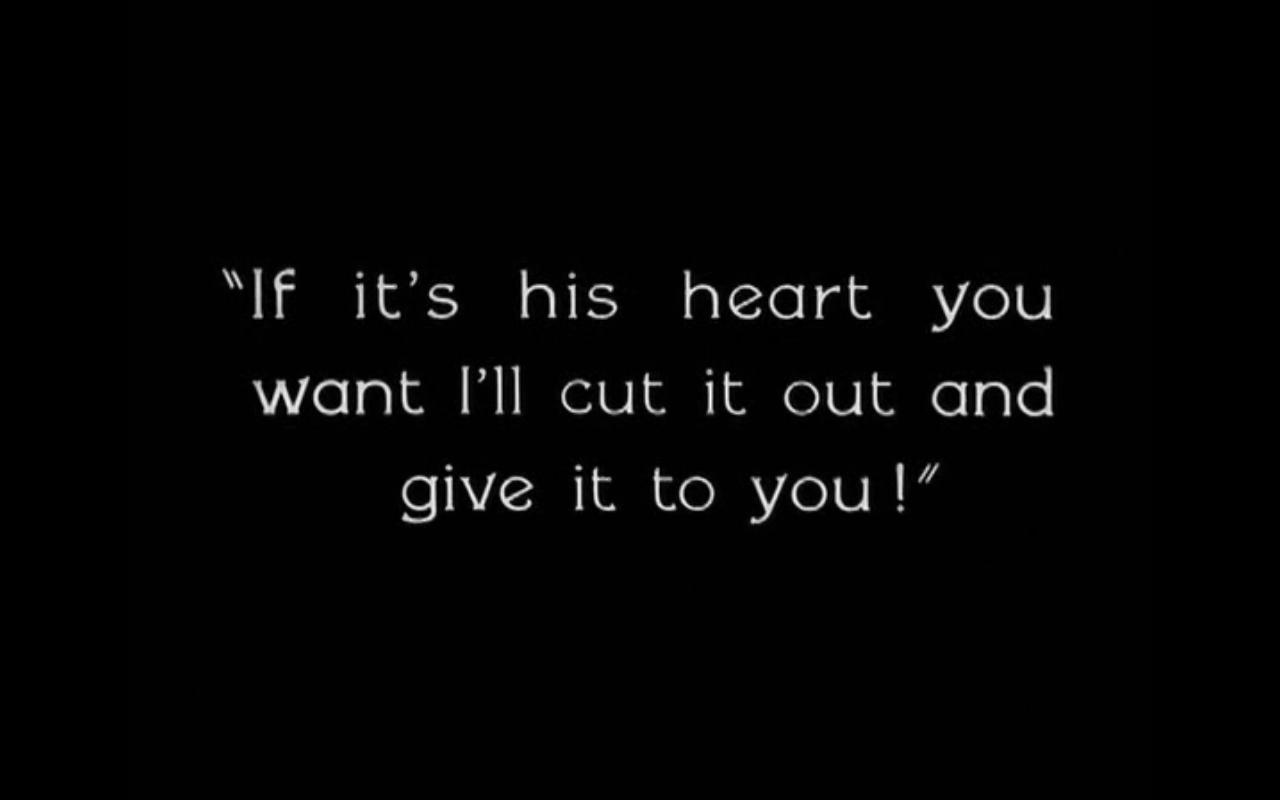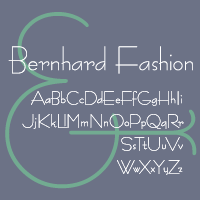Nobert
Practically Family
- Messages
- 832
- Location
- In the Maine Woods
I’m hardly a senior member here, but I have yet to see a thread (either by search or in my several lurker years) devoted to the type and lettering styles that make up so much of the visual environment of that part of history that interests the all of us. So I thought this might be a useful resource to anyone who is interested in learning more about the graphic tropes of the early-to-mid 20th century, or a guide to anyone who wanted to recreate it for event flyers, reenactments and what-have-you.
I’m sure there are a number of Floungers who are graphic designers (or, to use the anachronism: commercial artists) to whom this will be old hat. But for the type tyros, I thought to post an overview of popular faces specific to several periods with a few examples, and see if it goes anywhere. In addition, I’ll invite any member who wishes to post an image containing a typeface that they are curious about; I will identify it if I can (and if I can’t, there are probably others whose expertise is greater than mine). Please post any of your own favorites, information, or links to sites that feature period type and design (that last is a bit self-serving, as I’ve lost some of my own bookmarks).
One final word about using typefaces, if you have any desire to recreate a vintage look for some personal or commercial project. There are, at last count, approximately three bajillion sites that offer “free fonts.” Some of them may be appear perfect replicas of popular or classic (and costly) faces. Most of these are rickety jobs in the field of type design, appropriate enough for a birthday card or a flyer, but not suitable for serious graphic design work. More to my point, some of them may be illegal. In the U.S., you can’t copyright a specific type design, but you can copyright the programming that creates the font file on your computer. Even the free versions you get are often licensed only for “personal” rather than “commercial” use (okay for scrapbooking or making a calendar, but not for a self-published novel that you plan to sell). Always check the EULA (End User License Agreement). If there isn’t one, be wary.
I’m sure there are a number of Floungers who are graphic designers (or, to use the anachronism: commercial artists) to whom this will be old hat. But for the type tyros, I thought to post an overview of popular faces specific to several periods with a few examples, and see if it goes anywhere. In addition, I’ll invite any member who wishes to post an image containing a typeface that they are curious about; I will identify it if I can (and if I can’t, there are probably others whose expertise is greater than mine). Please post any of your own favorites, information, or links to sites that feature period type and design (that last is a bit self-serving, as I’ve lost some of my own bookmarks).
One final word about using typefaces, if you have any desire to recreate a vintage look for some personal or commercial project. There are, at last count, approximately three bajillion sites that offer “free fonts.” Some of them may be appear perfect replicas of popular or classic (and costly) faces. Most of these are rickety jobs in the field of type design, appropriate enough for a birthday card or a flyer, but not suitable for serious graphic design work. More to my point, some of them may be illegal. In the U.S., you can’t copyright a specific type design, but you can copyright the programming that creates the font file on your computer. Even the free versions you get are often licensed only for “personal” rather than “commercial” use (okay for scrapbooking or making a calendar, but not for a self-published novel that you plan to sell). Always check the EULA (End User License Agreement). If there isn’t one, be wary.
